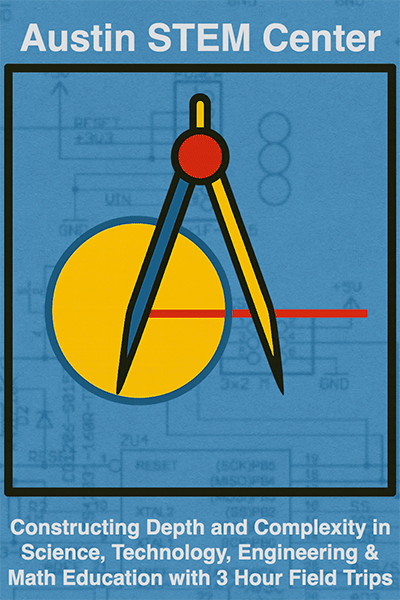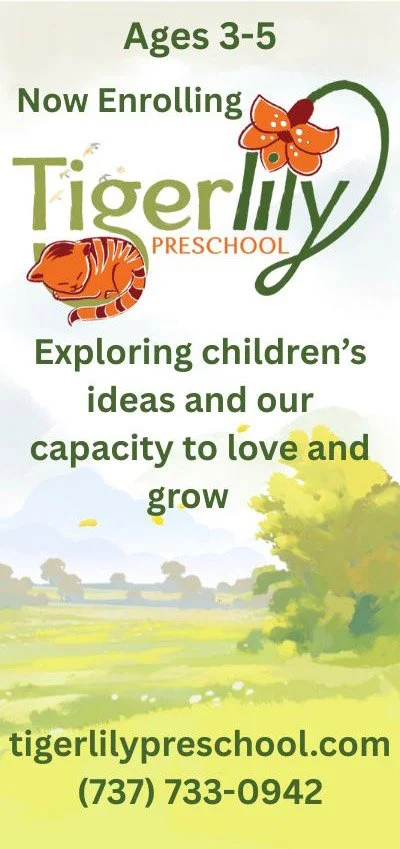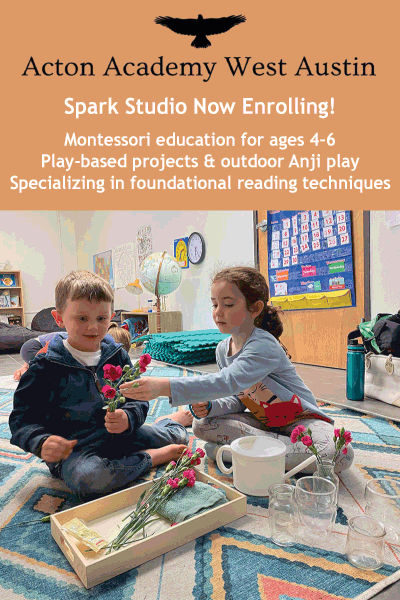Teaching improv
/Carrie Carter recently wound up her work as an intern at The Hideout Theatre’s summer camps and teen intensives in downtown Austin. She graciously agreed to share some of the lessons she learned there as a young improv teacher.
When I first found my internship at The Hideout Theatre’s youth program, I thought it must be too good to be true. When I told my friends about it, they agreed.
During the school year, I attend Mount Holyoke College in South Hadley, Massachusetts. I study English and Educational Studies and am in the teacher’s licensure program for early childhood education. I love all of my classes, my professors, and fellow students whom I have the privilege of learning beside. The thing I love most about Mount Holyoke, however, is that the learning goes beyond the classroom. Education spills over into the organizations, traditions, and relationships one finds there.
Mount Holyoke is where I stumbled into improv. My best friends said, “You can totally do this, and if you don’t know how, we’ll teach you.” They allowed me to be brave, and I trusted them. So, lo and behold, they did teach me how to do improv. I trusted them because it was their best friends who taught them how to do improv. It is this chain of teaching each other that makes Mount Holyoke a wonderful place.
The college encourages this not only vocally but also financially. By that I am referencing Mount Holyoke’s Lynk Universal Application Funding Program, in which the Career Development Center agrees to fund students for an internship that pertains to their future career. Without this program, I would not have been able to study this summer at The Hideout Theatre. I wanted to make sure that in this blog post I expressed my extreme gratitude to the school that I attend.
So, I found this amazing internship, one that somehow encompassed two things I love—teaching and improv—and it turned out to be way harder than I ever expected. Before starting I thought, “I’ve worked at plenty of summer camps before: day camps, art camps, even an eight-week sleep-away camp. I’ve also done improv and am pretty okay at it. How hard can this be?”
Well, just because you are good at two things individually—no matter how many principles they share—doesn’t mean you can do them both at the same time. I found myself in a situation that I had never been in before: I had been “trained” in my program at school to follow the guidelines of what students are required to learn by the state when making lesson plans. But when teaching improv, that of course doesn’t exist. Where was my checklist of what the children must learn? What if I taught the principle of being obvious before I taught students how to agree with each other in the “Yes, and . . . ” lesson?
Teaching improv made me realize how reliant I had become on structure, and how it may have been squelching the growth of both my students and myself as a teacher in the classroom. When I went in, I found myself asking students questions and then answering them myself if they didn’t understand after a few moments. It is so obvious to me, now that I reflect, how silly and counterproductive that is—but, again, I had become caught up in the “checklist” that teachers often begin to follow religiously, and had forgotten about the needs of the students right in front of me.
There are a lot of “unknowns” in teaching. Your students might understand what you are teaching themin the way that you have written down on your lesson plan, or they might grasp the concept in ways that only they truly understand. Working with improvisers who are also educators this summer taught me how to dive into all of these “unknowns” and get comfortable with them. Whether you are doing improv yourself, teaching improv, or teaching something completely different, you never know what will happen next. And isn’t that the most fun part?!
Carrie Carter















